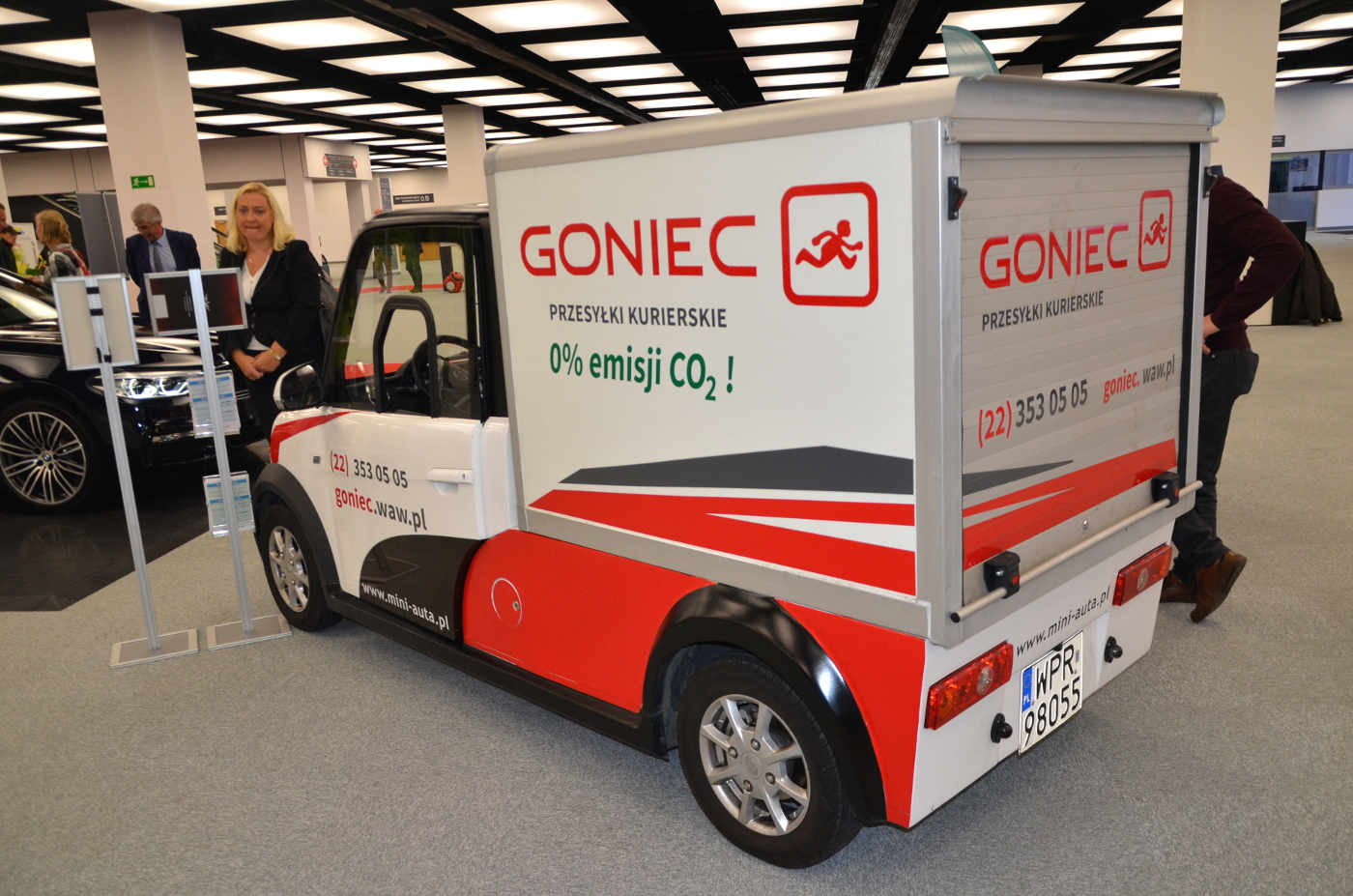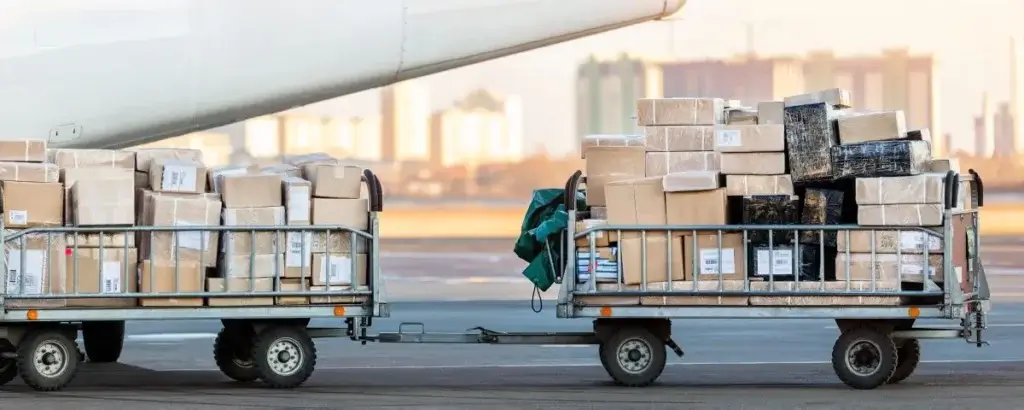Trade forecasts for the next decade are optimistic, although in a dozen or so years things will look a bit different than today. The EU directive, which prohibits e-shops from blocking customers from other EU countries, is now in force. These changes in e-commerce can be an important impulse for cross-border trade. Certainly, they will also affect logistics and transport.
In accordance with the EU directive, from December 3, 2018, online stores will no longer be able to block access to their websites to clients from other EU countries (Regulation of European Parliament and EU Council 2018/302).
It will also not be possible to automatically redirect to other versions of the pages or to differentiate payment terms for the order, because the client has different citizenship, place of residence and conducts business activity in a different country than the one in whose area the store wants to sell its products or services. The introduction of a new directive may accelerate the development of the e-commerce market.
E-commerce grows in a flash
Trading in European e-commerce has increased by two-thirds in the last five years. At present, it is worth around EUR 530 billion. The fact that in the last ten years, the percentage of Europeans shopping online has almost doubled, has increased the need for courier services.
Online commerce is becoming more and more popular, and foreign purchases are also increasing its share,” says Rafał Nawłoka, president of DPD Poland.
Cross-border exchange in the following years will increase. Cross-border e-commerce is already growing by a quarter a year – according to DHL Express report “The 21th Century Spice Trade.” Currently, after launching international trade, e-sellers can count on a 10 percent increase in sales. In addition, on average every fifth cross-border transaction is worth over USD 200 (share higher than on domestic e-commerce markets). In the cross-border e-commerce customers usually order clothes and electronics, in the future, the list will include cosmetics, animal care products as well as drinks and food and sports equipment.
High quality mailing services are somehow “caravans” of our times and the demand for them will constantly grow. Customers, buying cross-border premium products, are more likely to go to a store offering convenient, fast and secure delivery,” says Michał Fafius, a mass market sales manager at DHL Express.
Already every tenth US dollar in revenues from cross-border e-commerce is generated in the time-sensitive parcel delivery sector. Sellers and producers offering those kind of services develop 1.6 times faster than players who do not have such services. The main obstacles that must be overcome when buying abroad are logistics, trust, price and experience.
Marcin Zmaczyński, CEE head of marketing at Aruba Cloud, confirms that we are increasingly buying online overseas, and we will be even more likely when blocking websites for EU clients will not be possible. So far, according to data, cited by the European Parliament as much as 63 percent of websites did not allow customers from another EU country to make purchases.
Changes in e-commerce affect shopping centres
Consumer spending is growing. According to the authors of the report “Future of Retail 2030” (CBRE) it will increase by about 3 percent annually in the next five years, and in the following years, the market should grow even faster. Retail sales will become more interactive, both offline and online.
Shopping malls around the world are transforming into “lifestyle centres” intended not only for buyers but also for local workers, local residents and tourists. In our country, faster changes enforce a partial ban on Sunday trading,” explains Magdalena Frątczak, head of the commercial sector at CBRE. He emphasizes that new trends are taking place in trade.
They will not be unaffected by logistics and transport. The places providing convenient shopping, in a small space (local convenience shopping centres, smaller facilities enabling quick and efficient shopping of first-time necessities) will be more and more popular. What matters is their location and whether they have easy access to the car park.
The development of e-commerce will be key to changes in logistics and transport. Magdalena Frątczak emphasizes that today we are increasingly choosing items in the store that we later buy online and vice versa. Shopping centres, therefore, combine online sales with traditional channels.
Customers often visit stationary stores to view and try the product, and then purchase on the Internet (showrooming). On the other hand, the sellers, through personalized customer service, try to encourage them to purchase a product in their traditional shop (webrooming) after seeing the product online.
Car-sharing cargo has a future
Changes in trade will also increase interest in delivery trucks. This will lead to the rapid development of car-sharing services (sharing) regarding cargo vehicles.
In the 2016 PWC report, it is estimated that in the coming years the European car-sharing market will grow by an average of 30 percent annually.
Also Aneta Ogrodniczek, the president of Easyshare, has no doubt that carsharing cargo has a future. However, it is difficult to predict today how many cars will be in demand and what kind of drive they will have.
We will probably observe an increase in the demand for distribution vehicles, especially those with an alternative drive (construction of a charging station), but also the expansion of small logistic centres, mainly fast cross-docking.

Photo: Michał Jurczak
Jens Ocksen, the president of VW Poland, assures, however, that car suppliers will be able to get along with these kinds of cars if there is a real demand for them. He also stresses how important the development of sharing is, also in relation to the so-called logistic municipal plants that will reduce the number of cars operating on the so-called last mile.
Cross-docking will shorten delivery time
Experts point out that relatively small warehouse facilities located closer to the cities are gaining in importance.
Urban logistics and its growing importance is a derivative of the development of the e-commerce sector. Customers expect that they will receive an order from the online store as soon as possible. That is why there is a demand for the last mile logistics, which just enables delivering orders to customers in the shortest possible time,” summarizes Wojciech Kosiór, director, head of BTS & integrated services at CBRE.
Lower logistics costs will be possible thanks to cross-docking. Cross-docking is, generally speaking, picking transhipment, which consists in reloading or repacking goods and shipping to the recipient, without additional storage.
Therefore, it is often defined as a change in the means of transport of goods, i.e. reloading them from lorries to vans, after prior grouping.
The market forces logistic operators to use methods that will effectively reduce the duration of delivery, and one of them is cross-docking. It is about reducing the costs associated with storing goods in a warehouse, shortening the time of its delivery to the customer and reducing storage space,” explains Radosław Szymczyk, director of the warehouse, ID Logistics.
From the point of view of customers, the advantage of cross-docking is to reduce the number of links in the supply chain, which makes the delivery time shorter.
However, there is nothing for free – to get such results you have to take a risk. First and foremost, it is necessary to skillfully and meticulously synchronize the work of various suppliers whose products make up the final order. You also have to be careful about the risk of losing control over the flow of goods (uncontrolled replenishment of stocks may lead excess of any assortment).
Self-service mini-warehouses
Changes in trade will also trigger the development of self-storage services (renting space for storage). Self-storage is nothing but self-service mini storage rooms.
How does it work? Self-storage warehouses are in the form of cells in larger storage facilities or as containers with direct entrance from the outside. The latter are a cheaper solution, and an important convenience is the ability to drive the car directly to the container door (facilitating loading and unloading).
In a typical self storage warehouse, customers rent storage cells for any period of time. Contracts are available even with a very short rental period (usually a minimum period of 14 days), and the owner of the warehouse is to ensure safety through physical protection and security systems (alarm, cameras) and guarantee the right temperature in the warehouse. The tenant has unlimited access to it throughout the whole time of using the room.
All the alternative solutions do not mean the “death” of traditional trade. Thanks to the innovations introduced in traditional stores, they will be able to strengthen their position in the face of competition from the e-commerce sector.
Interactive screens with the offer of the store, shopping on tablets, or virtual fitting rooms are the elements that will introduce companies to attract the customer. The Future is also the Internet of Things, used to inform when a given product is going to be worn out, or shopping planning. As much as 85 percent the customer service process can be artificial intelligence,” says Magdalena Frątczak.
Photo: Pixabay/CDZ









